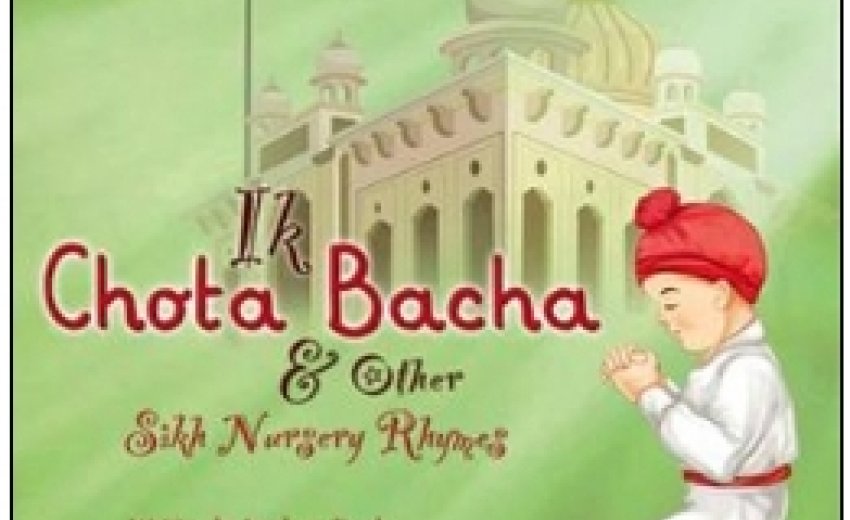Embracing my new role as a proud Chacha, I recently bought some Sikhi-related children’s books for my niece for her first birthday. I was especially excited about this new book and CD of Sikh nursery rhymes called Ik Chota Bacha. The book/CD is a great way to teach basic Sikh values to kids and help develop their Punjabi skills (all the nursery rhymes are in Punjabi) in a fun way. I played the CD for my niece on the daily when I was visiting for her birthday, and by the end of the week, the whole family was singing along to some of the catchy (and rather cheesy) tunes. (See a full review of the book here.)
My excitement about the release Ik Chota Bacha quickly became muddied with disappointment and frustration once I saw the book’s illustrations. Every single Sikh child and adult depicted in the book looks WHITE. I don’t just mean they’re all fair-skinned on the spectrum of brownness. I mean peachy, rosey-cheeked, white.

Hardly a new issue for our community (and South Asians more generally), obsession with fair skin has been a cultural norm for as long as I can remember (unfortunately, I can’t remember the pre-colonization days). But I was still startled to see these pictures in a brand new Sikh children’s book, written and published here in the United States in 2011.
Maybe I shouldn’t be surprised. After all, some of the most innovative and popular educational films about Sikhi for kids from the last several years are not much different in their depiction of Punjabi Sikhs. Great animated films like Sundri, Sahibzadey, and Bhai Taru Singh, brought to us by Vismaad Films, consistently portray Sikh historical figures to be extremely light-skinned.
What gets me the most about these examples are that their intended audience is children. While on the one hand these books and movies teach our new generation about Sikhi and our inspiring and revolutionary history, they simultaneously send kids very specific messages about skin color. The heroes and protagonists here are all light-skinned, hardly a reflection of the historical or contemporary realities of our people who hail from the land of the five rivers. In a sense, our kids are left with Sikh history treated with Fair and Lovely.
So, while I still gave the book to my niece for her birthday, I did so somewhat reluctantly, and included a disclaimer/apology to her parents. I want to help my niece learn about Sikhi and be proud of our history from an early age. I also want her to be proud of who she is and to know she is beautiful, not in spite of but because of her brown skin, no matter what shade it is.

